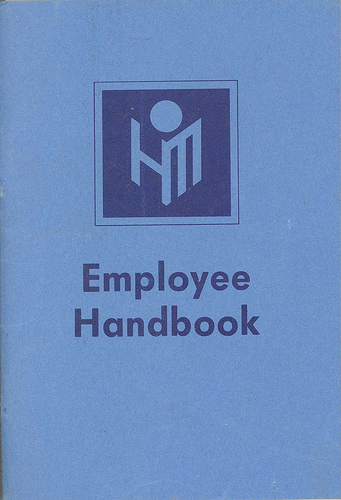In the United States, “at-will” employment relationships have become quite popular as businesses big and small seek to cover their bases and avoid any legal headaches down the road. But what many employers don’t know is that “at-will” may not be the safety net they think it is.
The term “at-will employment” means that either the employer or the employee may end the employment relationship at any time- with or without prior notice or cause. While this concept seems to be straightforward in theory, there are various exceptions to the rule that may place you in jeopardy of facing employee termination claims.
While the “at-will” relationship does not necessitate good cause, it is safe to say that most employers usually have a reason for a termination, such as poor employee performance. If brought to court, a jury (which is made up of workers past and present) will undoubtedly attempt to determine whether you treated the employee with respect while deciding if you are liable for the person’s termination.
How can you ensure that you have the flexibility to make legitimate termination decisions? Establish best practices from the very beginning so that you will be able to exercise your at-will employment rights with little risk. Develop clear human resources policies about at-will employment, discipline, and performance management that are widely distributed and enforced. Make sure supervisors maintain ongoing records about employees in their files as well as any one-on-one discussions regarding their performance. These records can subsequently be used as proof that the employee was aware of the employer’s concerns and was given every opportunity to change his ways.
Irrespective of the matter of employee termination, it is always good policy for both the employer and the employee to establish open and clear communications from the beginning of the employment relationship.

